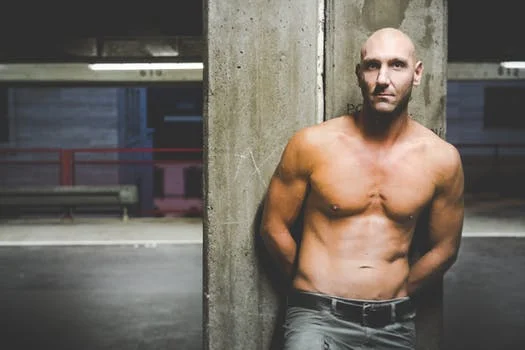Many people wonder whether it’s possible to reduce resistant fat on the belly area with liposuction. Plenty of patients who consider their stomach to be a “problem area” are looking for cosmetic procedures that are effective for reducing stubborn fat that’s unresponsive to exercise and dietary changes. There are several possible reasons why resistant fat may develop on this area. Although a poor diet and a lack of exercise can certainly cause fat to accumulate, belly fat can also be linked to stress, consuming excess alcohol, genetics, poor sleep, and smoking.
Read MoreThere are plenty of fat-reduction techniques that are available today, including both invasive and non-invasive options. However, when it comes to removing unwanted fat from isolated spots like the upper arms, lower stomach, flanks, thighs, and back, traditional liposuction is the preferred procedure for many physicians and patients. Here are answer to some frequently asked questions about liposuction aftercare.
Read MoreLiposuction is a popular cosmetic surgery technique for dislodging and removing excess fat from isolated sections of the body. The main reasons patients usually choose to have liposuction are to improve the proportions, contours, and overall shape of their body. This is achieved by suctioning stubborn fat that is resistant to other, conventional weight-loss methods like exercise and dieting.
Read MoreMen hoping to enhance their existing body shape and look like the best version of themselves frequently consider liposuction for fast, effective, and natural-looking results. Liposuction is frequently chosen by patients considering a range of cosmetic techniques for achieving leaner, more sculpted body proportions. Cosmetic body sculpting is the technique of choice for people dealing with pinchable or grabbable amounts of fat that refuse to go away through conventional techniques.
Read MoreWhile facelifts, breast augmentation, and tummy tucks get a lot of recognition, there is a lot more to plastic surgery. St. Louis’ West County Plastic Surgeons of Washington University, for instance, frequently sees men interested in surgically addressing gynecomastia—a condition better known as the development of male breasts.
Read More




